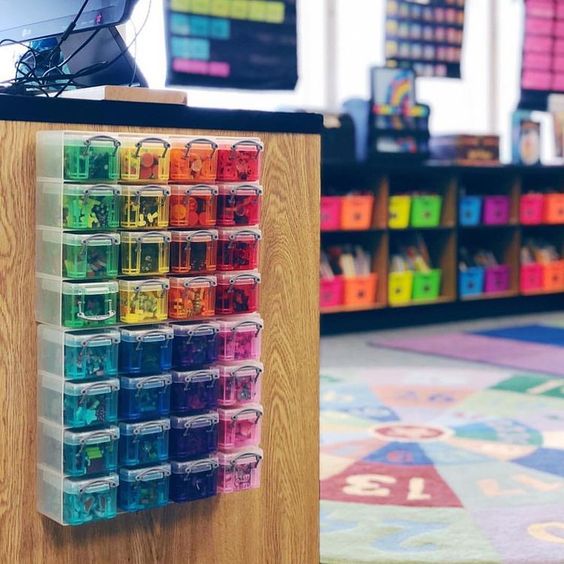Building a strong school culture is a key component of nurturing happy and successful students. One way to foster belongingness and understanding among students is through the use of read-alouds. These shared reading experiences can create an inclusive environment, broaden horizons, and promote empathy. Here are ten wonderful read-alouds that can help build a positive school culture:
1. “The Day You Begin” by Jacqueline Woodson
This picture book encourages students to embrace their unique identities and find the courage to connect with others, despite feeling like an outsider.
2. “Wonder” by R.J. Palacio
This heartwarming novel follows the story of August, a boy with facial differences who teaches his peers about the power of kindness and acceptance.
3. “Each Kindness” by Jacqueline Woodson
A beautifully written and illustrated tale about bullying, regret, and the importance of seizing opportunities to be kind.
4. “El Deafo” by Cece Bell
This funny and inspiring graphic memoir depicts the author’s childhood experience with hearing loss, highlighting the importance of embracing one’s differences.
5. “Last Stop on Market Street” by Matt de la Peña
This award-winning book uses vivid imagery to tell the story of a young boy learning to appreciate diversity and finding beauty in his surroundings.
6. “Esperanza Rising” by Pam Muñoz Ryan
Set in Mexico and the United States during the Great Depression, this historical fiction novel explores themes of social justice, resilience, cultural identity, and hope.
7. “I Am Enough” by Grace Byers
A positive affirmation picture book that encourages students to love themselves just as they are while appreciating the uniqueness of others.
8. “Out of My Mind” by Sharon M. Draper
A powerful story about a girl with cerebral palsy who proves that those who are differently-abled have the same dreams, feelings, and desires as everyone else.
9. “The Invisible Boy” by Trudy Ludwig
This heartwarming picture book teaches children the importance of inclusion and how even small acts of kindness can make a significant impact on others.
10. “The Name Jar” by Yangsook Choi
A charming story about a Korean girl who moves to the United States, navigates cultural differences, and learns to take pride in her name and heritage.
These ten wonderful read-alouds can help spark meaningful conversations and foster an inclusive environment in your school community. Sharing these stories with your students can promote empathy, understanding, and unity – crucial elements for building a strong school culture.





